This blog article delves into the characteristics and classifications of metal ceilings in the context of building construction.
Table of Contents
What Are Metal Ceilings?
Metal ceilings are unique architectural components that consist of finished metal plates embossed with intricate designs. They are commonly crafted using materials such as aluminum, steel, or galvanized iron.

The utilization of metal ceilings contributes to the structural robustness of buildings and offers remarkable durability, surpassing that of alternative ceiling materials. As a result, they have gained popularity in the construction of non-residential structures, including offices, hospitals, shopping malls, and airports.
Characteristics Of Metal Ceilings
- Metal ceilings are known for their exceptional strength, making them one of the strongest solutions in the suspended ceiling category.
- Metal ceilings are less prone to issues such as rotting and cracking when exposed to moisture compared to other ceiling materials.
- Metal ceilings offer a wide range of finishes, including copper, brass, steel, and aluminum, allowing for various aesthetic options to suit different design preferences.
- Metal ceilings can be finished using different methods such as powder coating, pre-coating (paint application), and baked polyester coating, providing flexibility in achieving desired visual effects.
- Suspended metal ceilings can enhance the overall aesthetics of a space, particularly in commercial settings with concrete surfaces and visible cables, by concealing less attractive attributes.
- Metal acoustic ceilings contribute to better airflow and temperature control in a room, promoting a healthier and more comfortable environment.
- Metal ceilings exhibit good fire resistance properties, making them a safer choice for commercial spaces where fire safety is a concern.
- The base material of a metal ceiling should be carefully chosen based on factors such as desired strength, durability, and resistance to corrosion.
- Metal ceilings can be customized in terms of color, finishes, size, shape, and even patterns and images, allowing for unique and tailored design solutions.
- Metal ceilings can be utilized for both interior and exterior applications, providing versatility in design and functionality.
Types Of Metal Ceilings
1. Tin Ceilings:
Tin ceilings are made from thin sheets of a special metal called tin. They have pretty designs and shapes on them, like flowers or patterns. They were popular a long time ago, and some old buildings still have them.
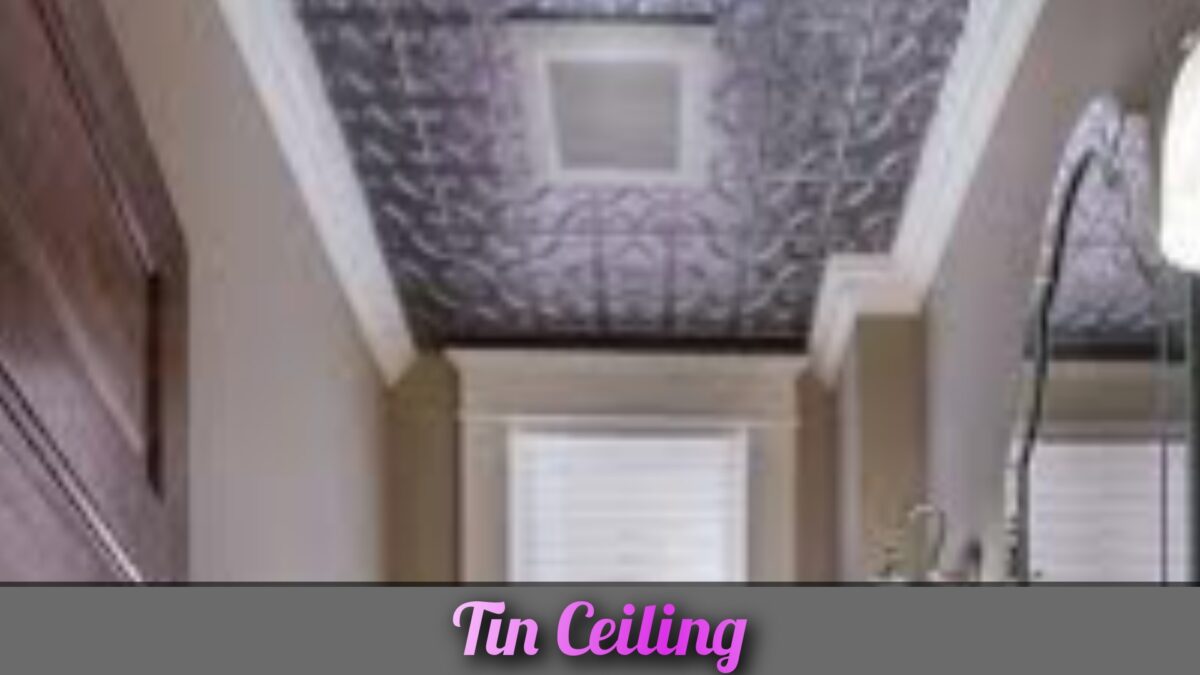
2. Aluminum Ceilings:
Aluminum ceilings are made from a light and strong metal called aluminum. They are very tough and can last a long time. Aluminum ceilings are often used in places with water, like bathrooms or kitchens. They can resist water and don’t get easily damaged.
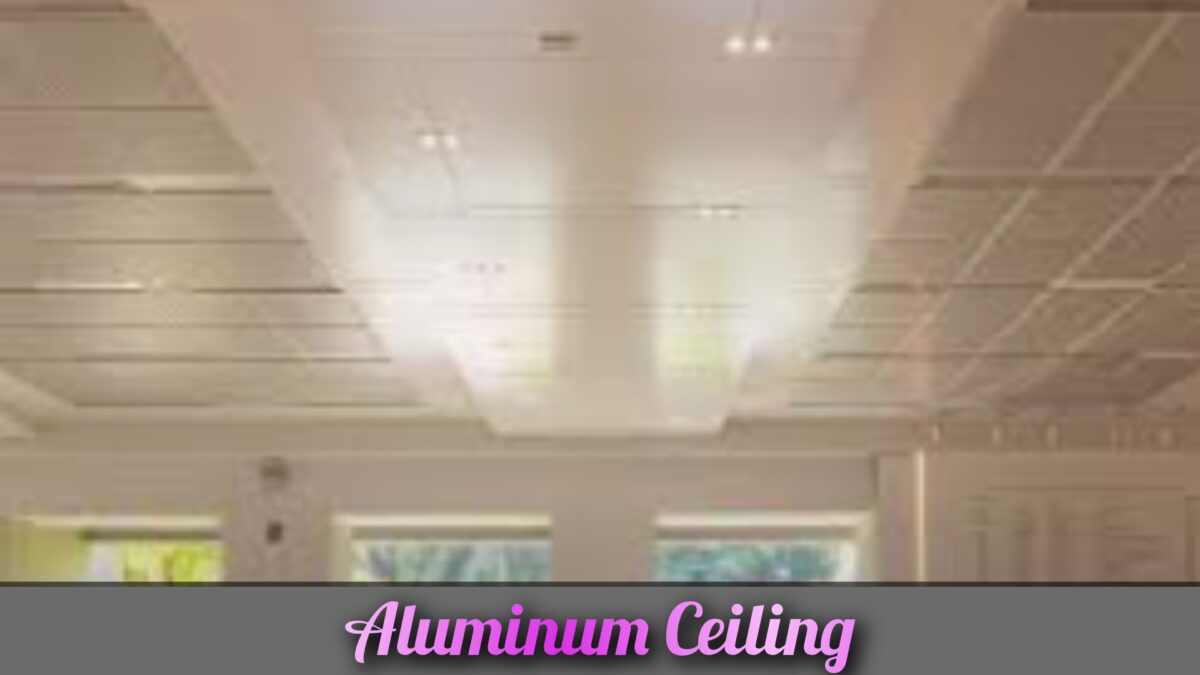
3. Steel Ceilings:
Steel ceilings are made from a super strong metal called steel. They are very sturdy and can last for a really long time. Steel ceilings are often used in places that need extra strength, like factories or warehouses. They can handle heavy things hanging from them.
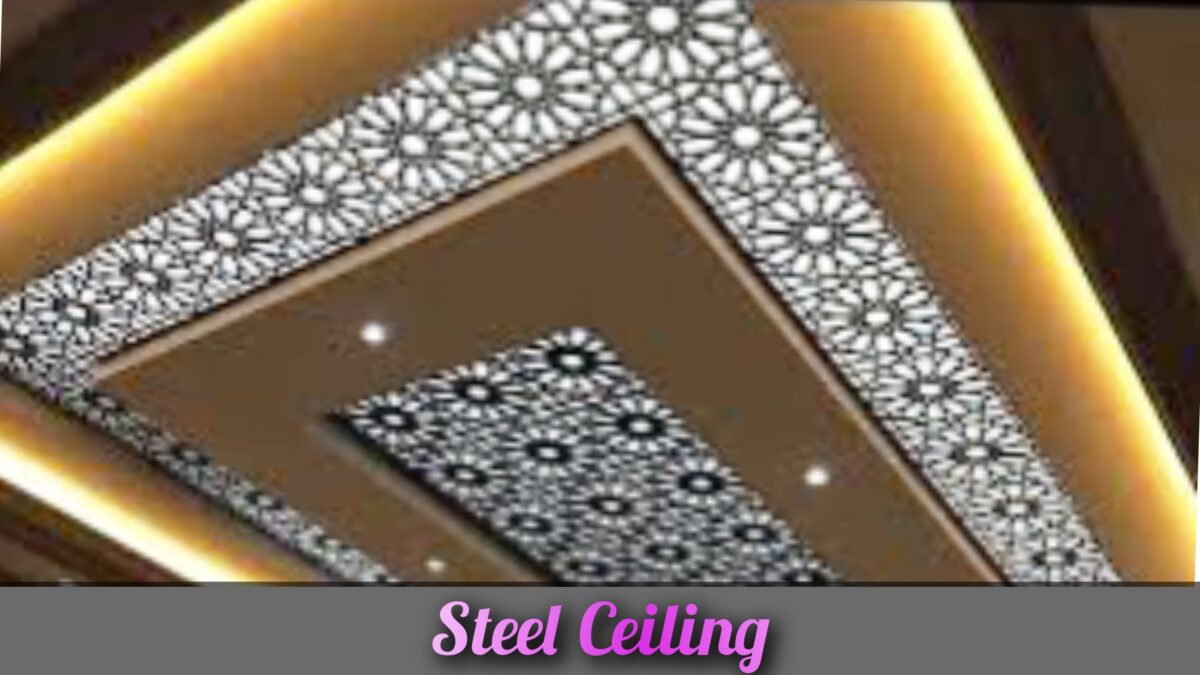
4. Copper Ceilings:
Copper ceilings are made from a shiny reddish-brown metal called copper. They have a special and shiny look. Copper ceilings are often used in fancy buildings or homes because they make them look fancy too. Over time, copper can change color to green, which makes the ceiling look even more interesting.

5. Galvanized Ceilings:
Galvanized ceilings are made from metal that has been covered with a special layer of zinc. This helps protect the metal from rust and damage. Galvanized ceilings are often used in outdoor places, like covered porches or carports, because they can handle different weather conditions without getting harmed.
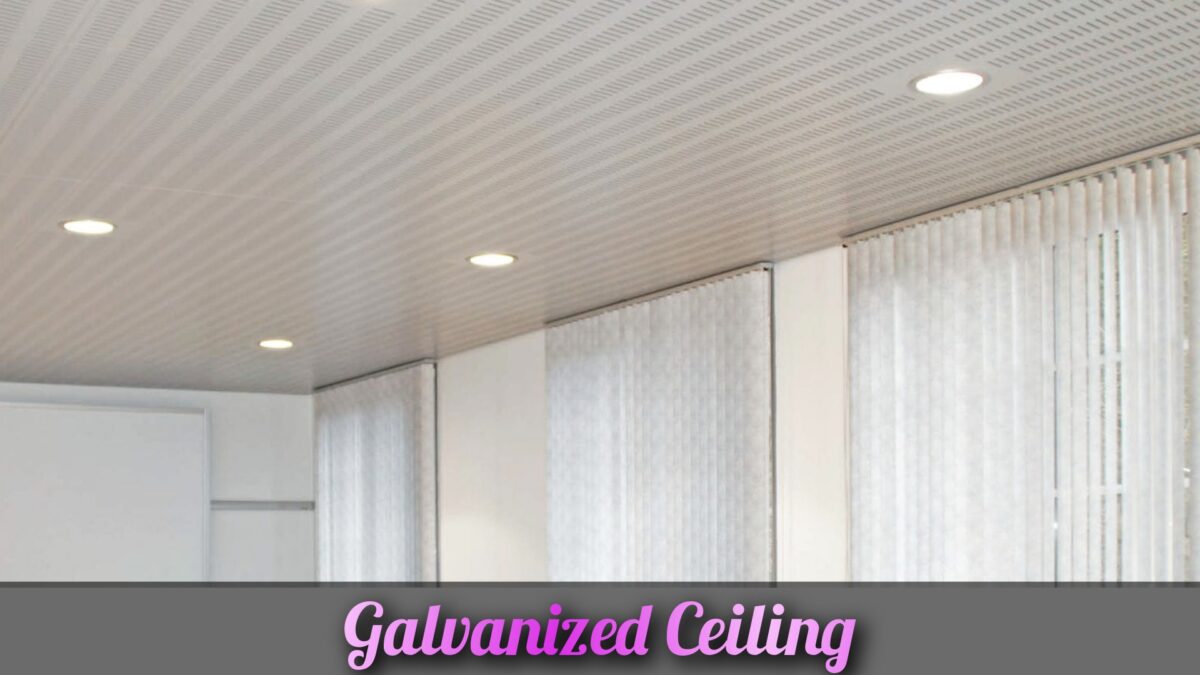
Metal Ceiling Design Ideas
Here are some most popular metal ceiling design ideas in modern architecture.
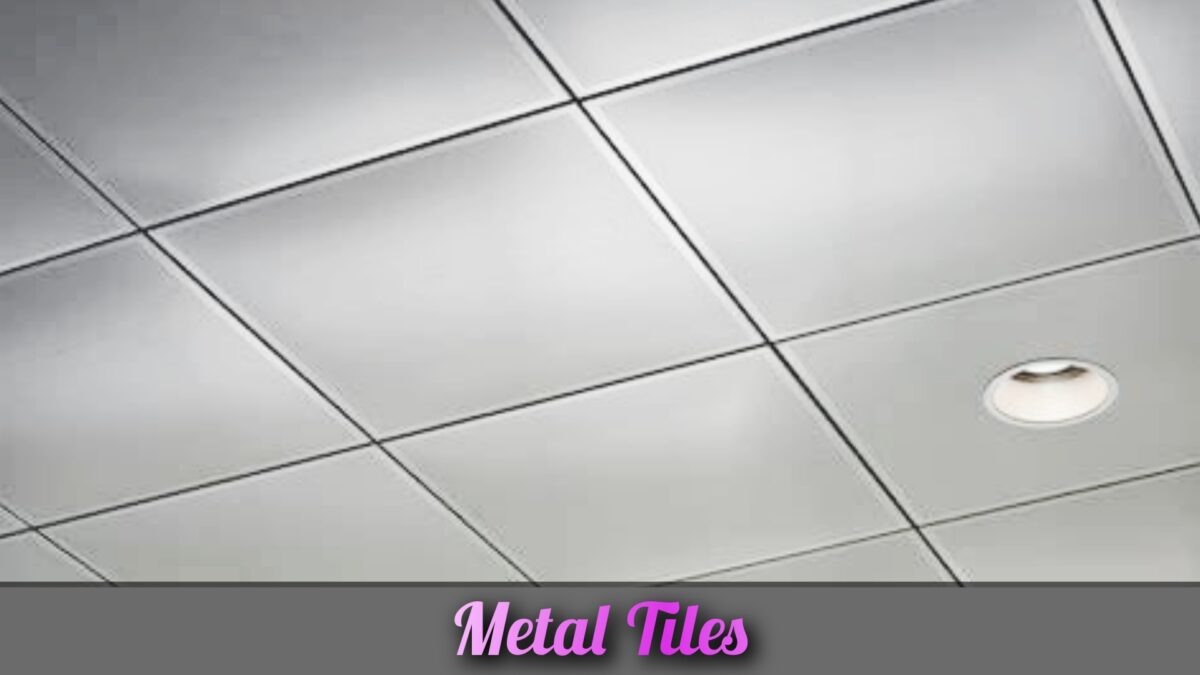
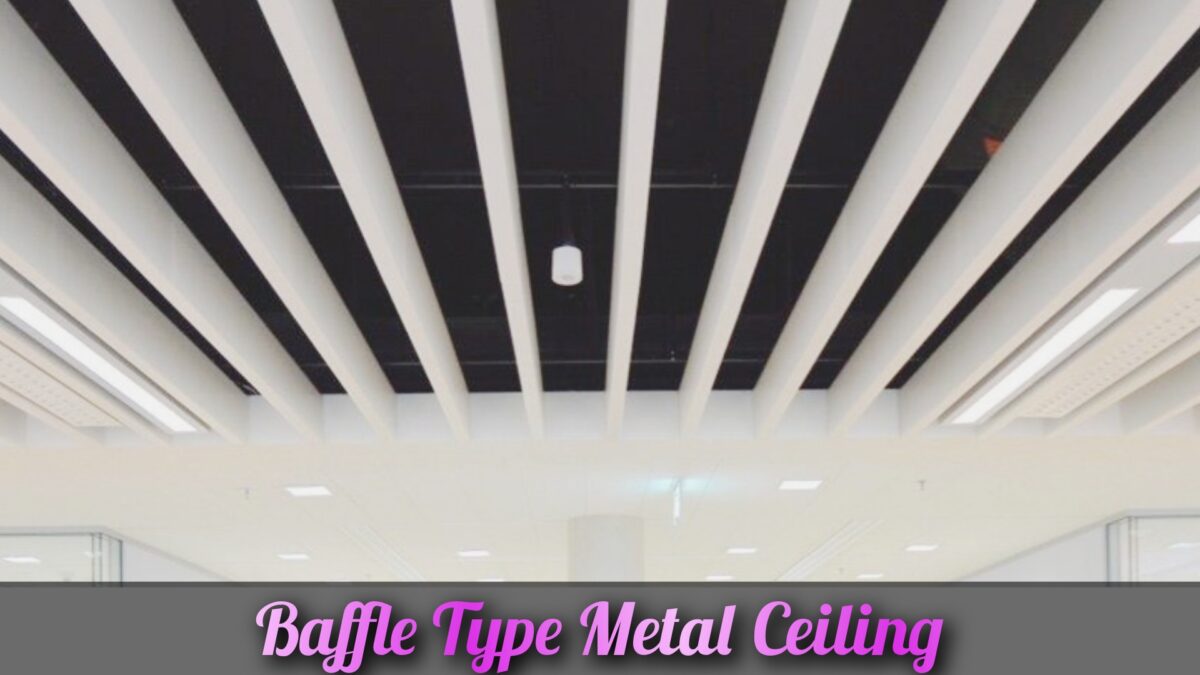
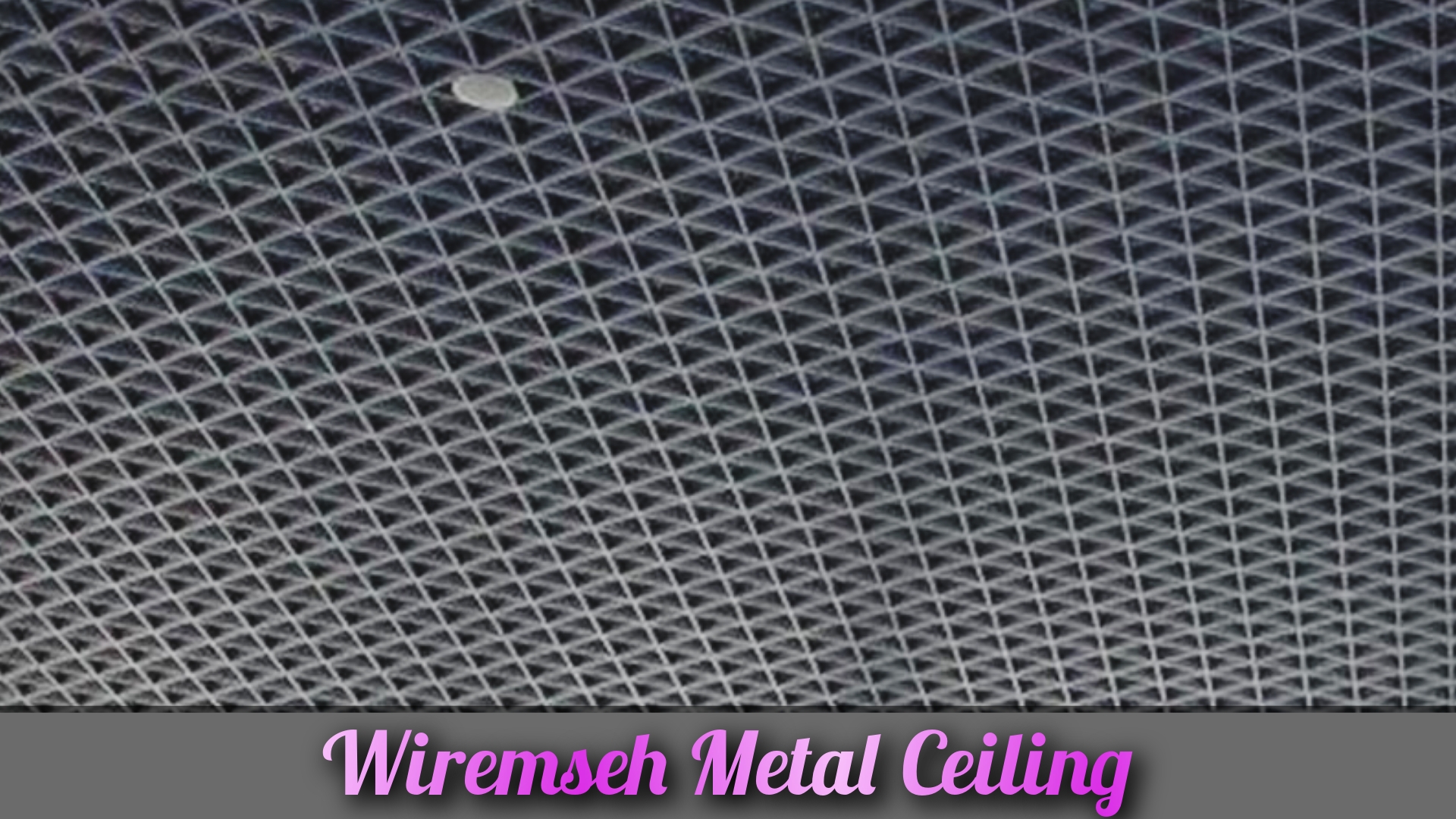
Read also: A Study On Wire Mesh
Faqs
Yes, metal ceilings can be changed to fit specific designs. They can be made in different shapes, sizes, colors, and patterns. This means architects and designers can create unique and beautiful ceilings for each project.
Metal ceilings can be made to work well in places with water or dampness. Some metals like aluminum and stainless steel don’t rust or get damaged easily by water. They can be treated with special coatings to make them even more resistant to moisture. This makes them great for places like bathrooms, kitchens, and swimming pools.
Metal ceilings can help control the noise in a room. Some metal ceilings have small holes that let sound pass through. Behind these holes, there is a special material that absorbs the sound. This makes the room less noisy, helps people hear each other better, and makes it more comfortable to be in.
Metal ceilings are very safe when it comes to fires. Metals like aluminum and steel can handle high temperatures without melting or spreading the fire. They can be designed to meet strict safety rules and ratings. In case of a fire, metal ceilings can help stop the fire from spreading quickly and give people more time to leave the building.
Yes, metal ceilings can help protect the environment. They can be made from materials that have been recycled, which means using old metal instead of making new metal. Metal ceilings can also be made in a way that uses less energy and doesn’t release harmful chemicals into the air. This helps make buildings more sustainable and can earn special certifications for being environmentally friendly.
